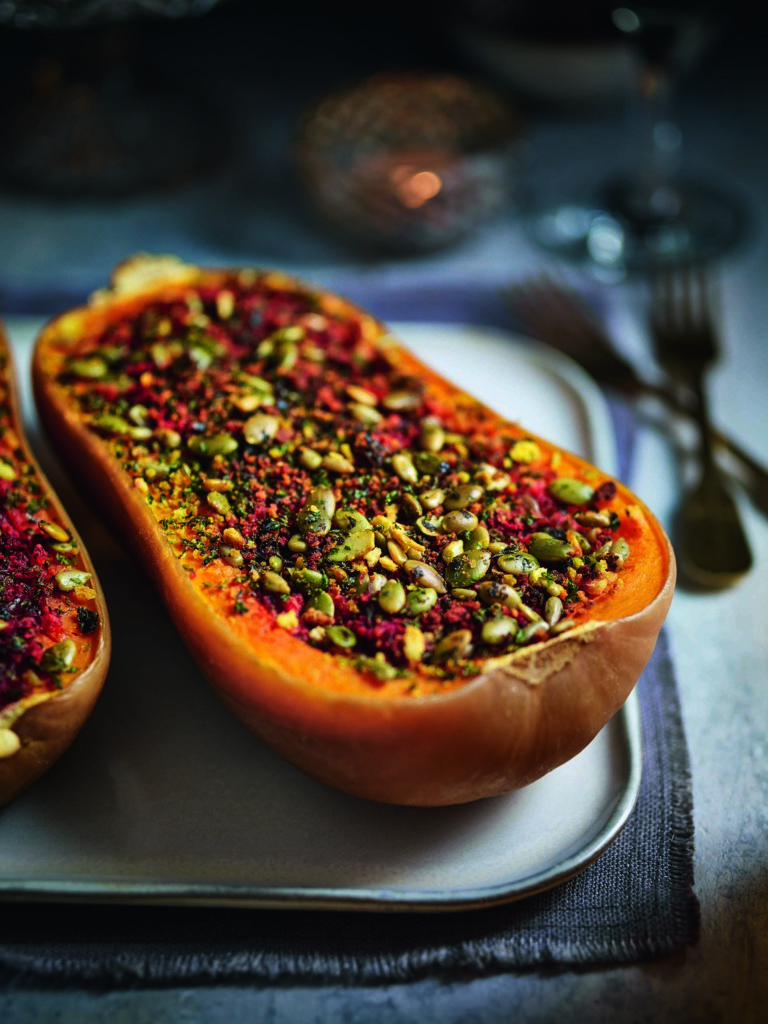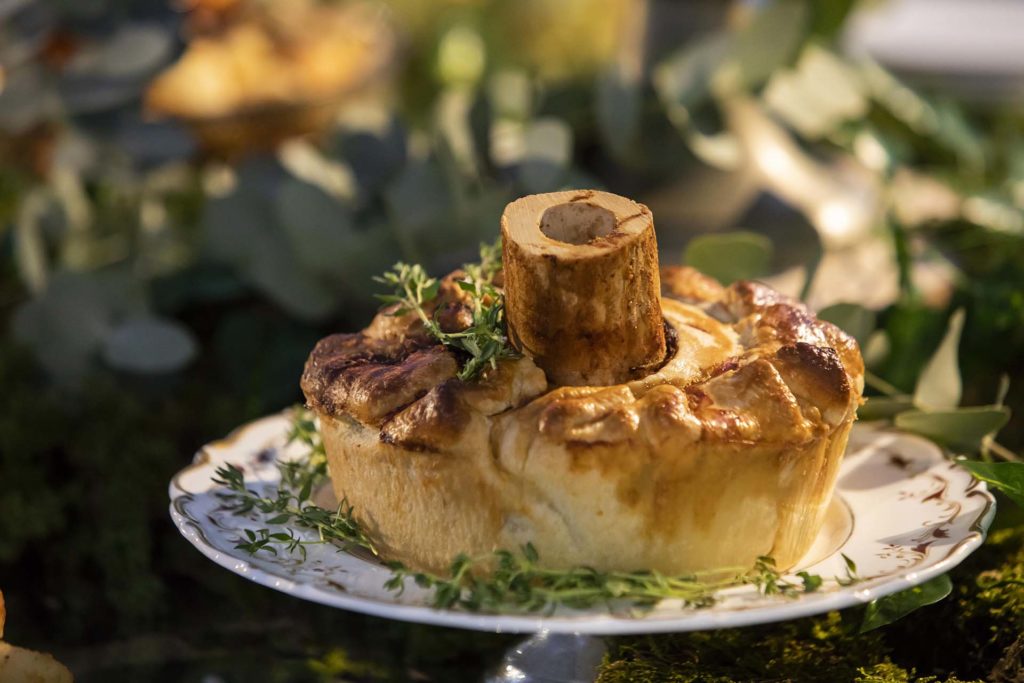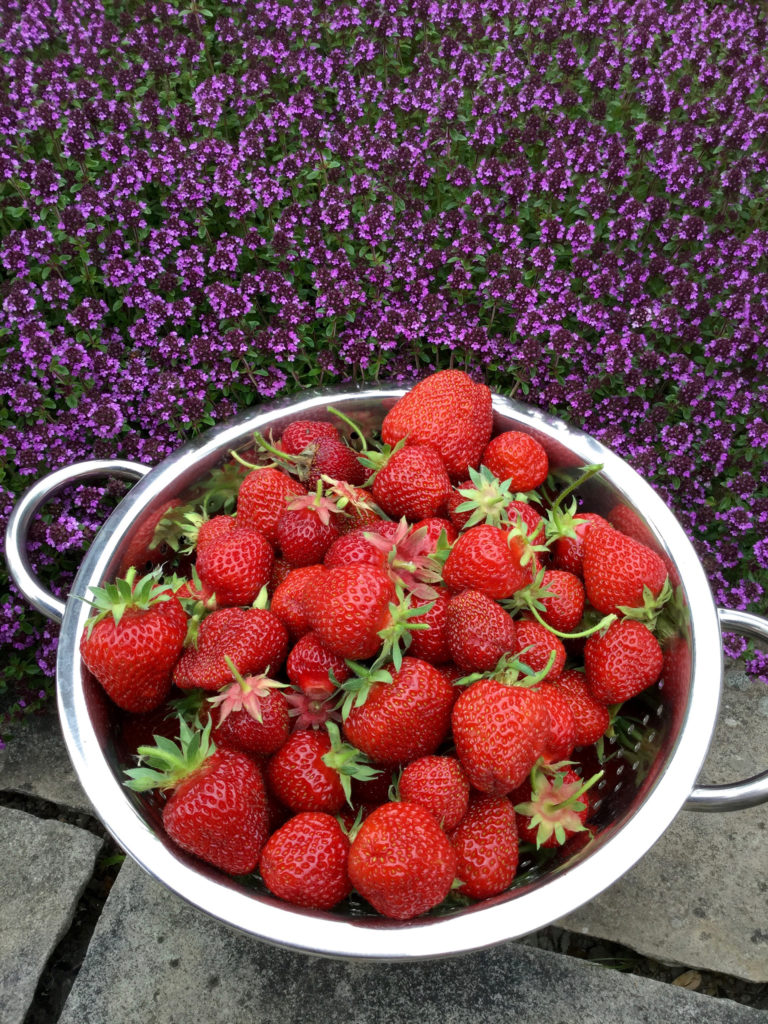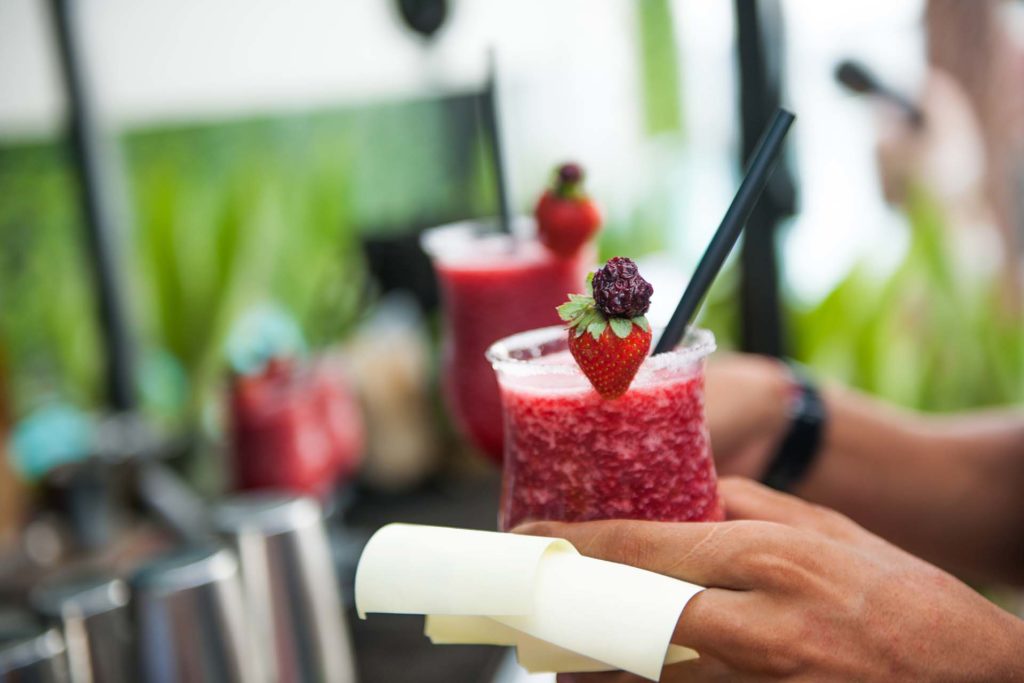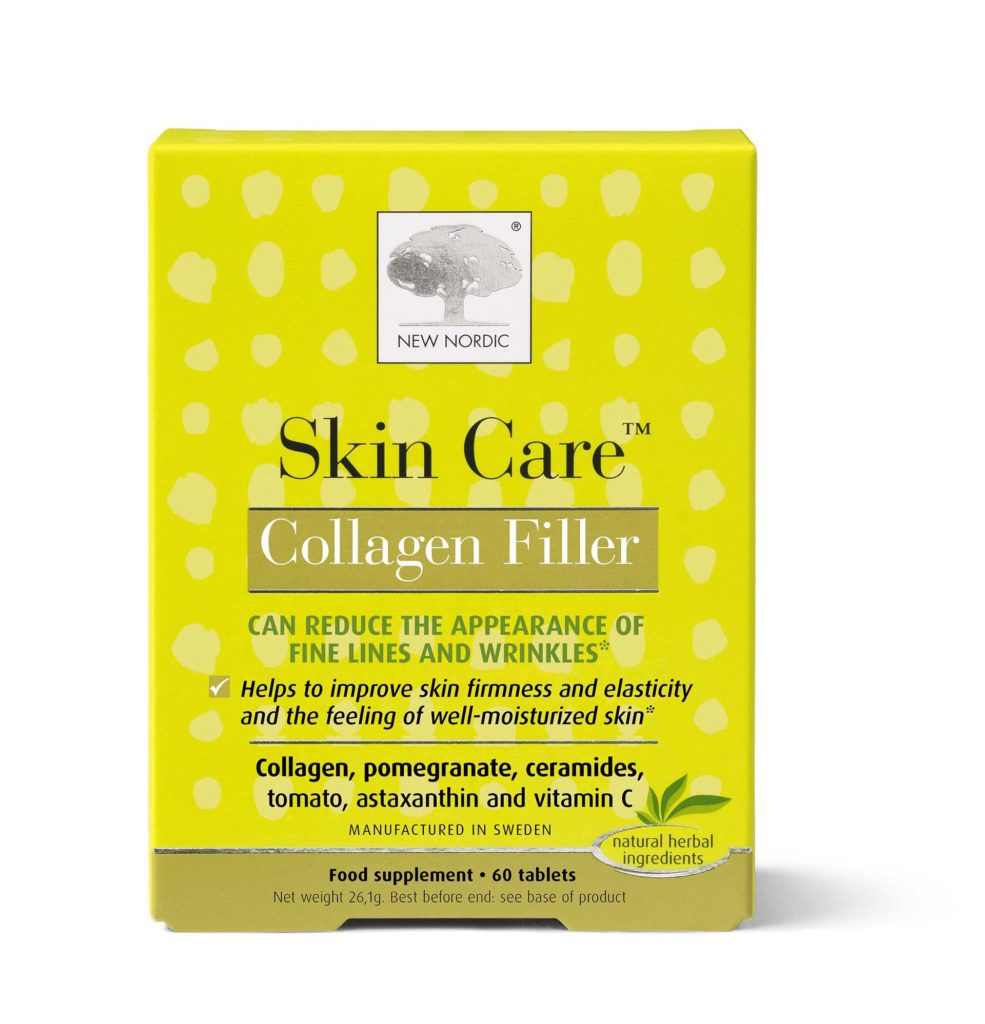Top Foodie Trends For 2019
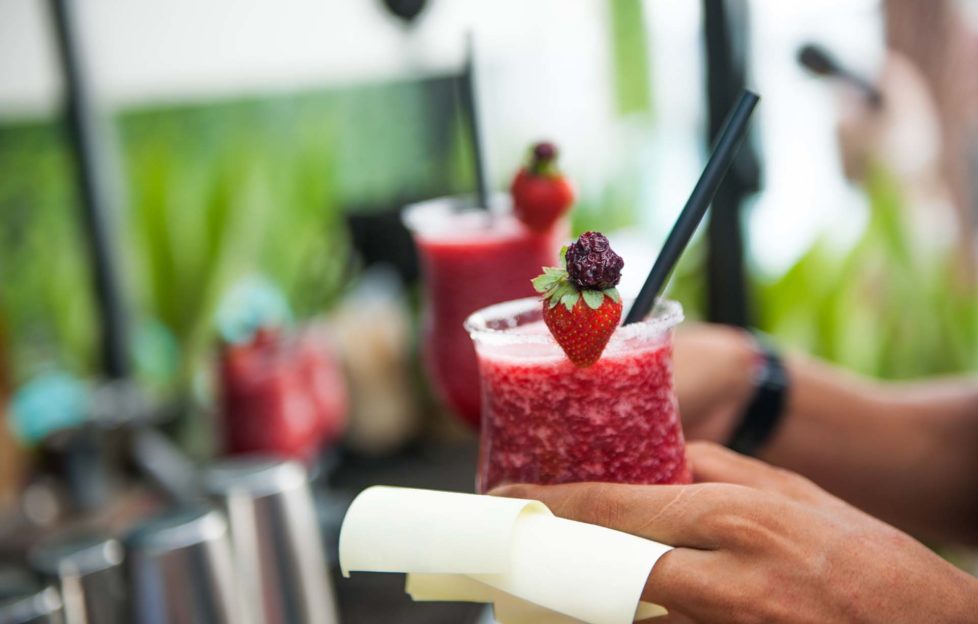
2018 will be the year that’s remembered for its endless summer, when we *almost* won the world cup, witnessed our favourite royal tie the knot, and, of course, endured endless Brexit chat. Turning our attention to the food and drink scene, Love Fresh Berries, a campaign funded by British Summer Fruits, the industry body that represents berry growers in the UK, has partnered with founders of Hackney and Mayfair restaurants Pidgin and Magpie, James Ramsden and Sam Herlihy, to identify the top food and drink trends of 2018 and predictions for 2019.
According to James and Sam, flexitarianism, veganism, carbs, comfort food and fermentation were the main trends of the year. Looking ahead, we’ll be seeing more plant-based meat, Kakigori – the Japanese flavoured shaved ice dessert, powders, non-alcoholic drinks and functional foods.
2018 Trends
FLEXITARIANISM – This year has seen the ongoing growth of flexitarianism as we continue to remove certain things from our diets. This is principally about removing animal protein, but also incorporates a days-of-the-week approach to going carb-/gluten-/dairy-/sugar- free. The benefits of flexitarianism are not only around health, but also environmental and even cost – as there is a perceived financial upside of consuming less meat and fish.
Restaurants, supermarkets and food publications have responded in turn. Eating out has never been easier for those with dietary restrictions – that’s not to say there isn’t more to do, but many more restaurants are now willing to accommodate diners’ requests. The free-from range in supermarkets is growing enormously, with more and more dairy and sugar alternatives available. Food and drink producers are also following suit – the days of Becks Blue being the only 0% beer available, for example, seems a long time ago.
VEGANISM – A knock-on effect of flexitarianism has, of course, been the huge growth in those following vegan diets. Films such as Cowspiracy and Carnage have highlighted some of the actual and philosophical realities of the meat and dairy industry, resulting in a significant shift towards full-on veganism. The vegan trend quadrupled in the 5 years between 2012 and 2017, according to Google search, though it is only in the last year or two that we have seen a more concerted response from supermarkets and restaurants. Waitrose has introduced a vegan section in over 130 of its stores; Iceland has reported a 10% increase in sales of plant-based food in the past year; 2018 has also seen a steep increase in vegan-related Google searches in the UK. How much of this interest comes from the flexi community, and how much is due to full-on veganism isn’t entirely clear, but what is clear is that our use of animal products is dropping significantly – our consumption of meat has fallen by 13% since 2007.
CARBS ARE BACK – Seemingly almost as a counter-point to these first two trends, and equally as Instagram-driven (perhaps now is the time to mention the umbrella influence Instagram has over all of these trends), is the continued popularity of indulgence, with carb-heavy food leading the charge. Patisserie in particular stands out as symbolic of this trend, an artisanal angle adding foodie legitimacy to what is essentially a (delicious) onboarding of starch and sugar, though a corollary of this is the rise of artisanal bread, with a growing number of restaurants opening their own bakeries. Add to this the hysteria around certain pasta restaurants, the renaissance of the pie, the spread of doughnut vendors, and in the most extreme cases a fondness for carb-on-carb, aka beige food, and it’s clear that when we’re not on our flexi-no-gluten-no-carb-no-sugar days we’re hitting the carbs hard.
COMFORT FOOD AND DRINK – The renewed popularity of carbs is symptomatic of a broader trend towards comfort foods. As well as pies and pastries garnering so much attention, we’ve seen an almost endless parade of new restaurants cooking over wood, as comforting and atavistic a style of cookery as one can imagine. A look at the signature dishes of some of the hottest new restaurants gives an insight into this development; from Cornerstone’s brown shrimp crumpet, to roasted meats at Kym’s, to the eggs and bottarga on toast at Brat, while the rich, coconutty depths of Laksa have become one of our favourite things to eat.
Hot alcoholic drinks have come into their own, with more of us now transcending the standard mulled wine and exploring the world of eggnog, hot buttered gin, mulled berry toddies and spiced negronis.
PICKLING AND FERMENTATION – Finally a trend that we’ve seen brewing for a while but one that seems to have picked up pace this year is picking and fermentation. Pickling, preserving, fermenting and conserving tick a lot of boxes and overlap with many other trends – there’s a frugality which speaks to our growing sensitivity to food waste, there’s the practicality in these uncertain times – an assurance that there’s always food in the house – there’s the maximization of produce when it’s available to complement a plant-based diet when there may be less abundance in the fields, and there’s the straightforward fun of slowly transforming an ingredient into something else. What we’ve seen this year in particular is a shift beyond the more familiar practice of preserving vegetables into doing so with fruit in a non-jam fashion. A bumper berry crop and long growing season during 2018 has meant we’ve had to be more creative with our fruit. So fermented and pickled blueberries, raspberries, strawberries and gooseberries have featured more than they might have 10 years ago (which was, admittedly, probably not much at all).
2019 Trends
PLANT BASED ‘MEAT’ – Sales of so-called ‘plant-based meat’ increased 23% in 2018 and in 2019 we expect this trend to continue both in restaurants and also in the home. A growing move away from animal protein has coincided with advances in science and technology that have transformed meat alternatives from often dry and tasteless products into delicious meals.
These ‘meats’ are made from a variety of sources including wheat, potato or pea protein and often flavoured with heme, a soy-based molecule with the ‘flavour’ of meat. Leading products in this area are now stocked in supermarkets for consumers to cook at home. The world’s first burger restaurant selling only these ‘bleeding’ plant-based burgers is to opened in Brixton in December 2018. The Halo Burger is based around the Beyond Burger patty from the USA. The two-site Temple Of Seitan restaurant is also primed for further expansion selling seitan (wheat gluten) based ‘fried chicken’ dishes.
KAKIGORI – Kakigori is a Japanese dessert of flavoured shaved ice. The start of its newfound rise to popularity came alongside poke bowls. Kakigori has long been popular in Hawaii having been introduced there by Japanese sugar workers. A kakigori is made by shaving ice to a fine granular texture, mounded by hand, then flavoured and decorated. Various purees, often berries or tropical fruits, are used to flavour the ice. Powders, matcha and sesame are also popular. The kakigori can then be dressed with sprinkles, jellies, syrups, condensed milk and other decorative touches.
Kakigori’s appeal is based on the adaptability of flavouring (they can also be made with savoury ingredients), the clear visual appeal and the ability for low-calorie versions to be created using alternative natural sweeteners and garnishes. High-end restaurants such as Majordomo in Los Angeles are already serving strawberry-avocado or horchata versions. Bessou in NYC serves a kakigori with three different blackcurrant preparations involved. On the more budget end of the market, Honi Poke in London serve a strawberry or a matcha syrup version.
POWDERS – The use of powdered ingredients has proliferated in 2018 but mainly when used in juicing and smoothie preparations. In 2019 the use of powders will continue to feature here with turmeric, berry powders and carob powder (an alternative to cocoa powder) particularly popular. Powders will also move more directly into the kitchen to be used by home cooks. The use of powdered teas such as green matcha, pu’er and coca leaf are seen to have health benefits but also bring out new flavours in both sweet and savoury dishes.
Consumers are also more aware of the so-called fifth flavour, umami, and powders are a simple route to add umami to food. Mushroom powder, particularly shiitake, or powdered seaweeds, enable large amounts of umami to be added to dishes without the use of more artificially created, and controversial, MSG. Unusual spicing powders such as arima sansho (a Japanese mix of dried and powdered sake, sugar and shoyu) will also become more widespread. Maca powder, the powdered root of Peruvian Ginseng, will move from generally only being used as a health supplement in smoothies and health shakes to the kitchen where it can be used to add an earthy, nutty note.
HIGH-END NON-ALCOHOLIC DRINKS AND MIXERS – There is a downward trend of adults consuming alcohol. Increased knowledge of the health downsides, higher prices and a younger generation drinking less than their parents have all contributed to this. Alcoholic beverages are being replaced with ‘soft’ botanical based drinks such as Seedlip, a non-alcoholic distilled spirit, drinking vinegars or shrubs and fruit and berry-based ferments. Alongside this there is a move to higher quality, often lower sugar mixers to be served with traditional spirits such as gin and vodka. The huge success of Fever Tree in particular (valued at £4.5 billion July 2018) has created a more competitive market where more unusual mixers such as matcha collins mix, activated charcoal tonic and thai-basil infused soda water are becoming more widespread. The popularity of mixers is also part of a trend towards ‘longer’ style, lower alcohol drinks such as spritzes.
Kombuchas will continue their rise in popularity and move into the bartender’s pantry. Particularly popular are those incorporating more unusual fruits such as greengage, barberries and kumquat, as well as those that help to conserve a surplus of seasonal fruit.
FUNCTIONAL FOOD – Ingredients believed to directly improve health and well being such as brain function and gut health, as well as foods associated with beauty, and mental well being, will become more mainstream in 2019. Research conducted by the University of Reading suggests that berries will become even more popular as consuming mixed berries in the first half of the day could sustain or improve cognitive function, accuracy and reaction time for up to six hours after consumption.
Probiotics, particularly in relation to intolerances, will become more popular. A2 dairy products in particular (dairy products with the A1 protein are believed to cause lactose intolerance) are extremely popular in many countries. Collagen is a waste by-product from the production of gelatine. Long used in cosmetics, collagen is now being used in protein bars, drinks and broths and is believed to assist with beauty and skin health, sports nutrition, especially in injury prevention and recovery, and healthy ageing. Globally there were twice as many collagen containing products brought to market in 2018 than in 2017.
While cannabis and its main psychoactive substance THC (Tetrahydrocannabinol) remains illegal in the UK, CBD (Cannabidiol – another substance contained in cannabis), is not psychoactive and is now classed as a medicine. However, it should be noted that legally claims as to its medical benefit cannot be made. Although only available currently in health food stores, expect CBD to feature in more food applications. Vegan chain By CHLOE in London recently launched a temporary range of CBD infused desserts as one example.
To summarise, we’re seeing some exciting food and drink trends emerge and it will be interesting to continue to monitor how these trends develop and help shape the way we enjoy food and drink in the future.


